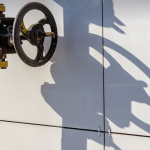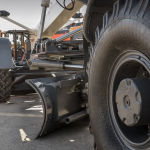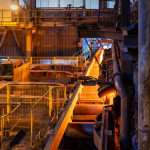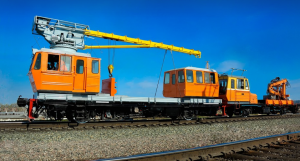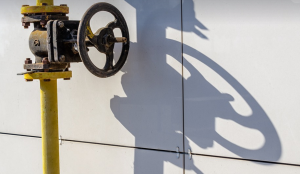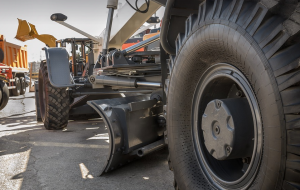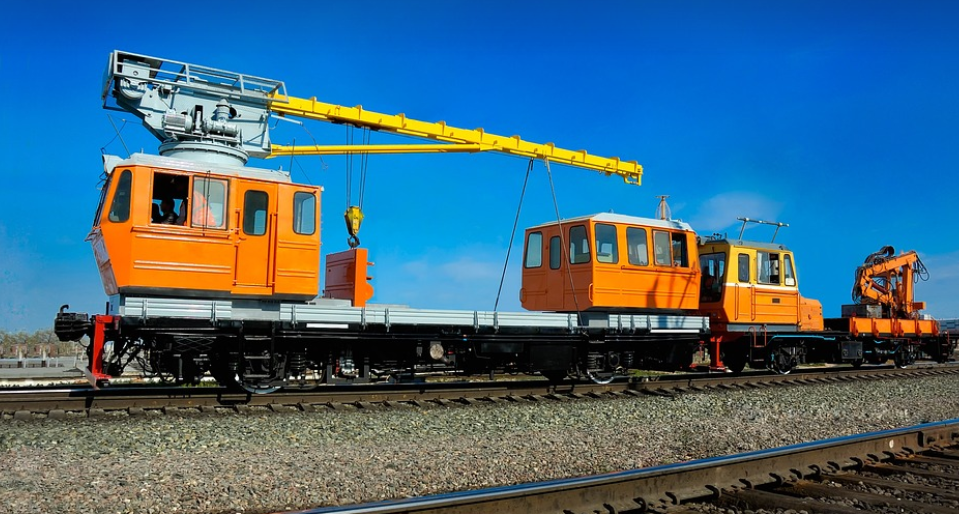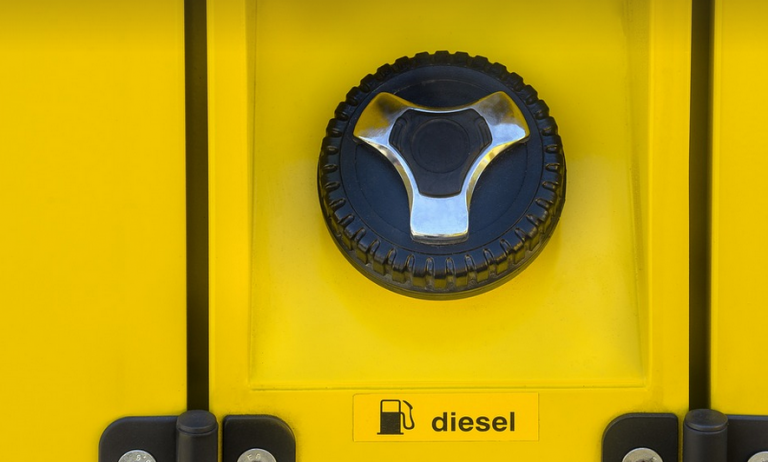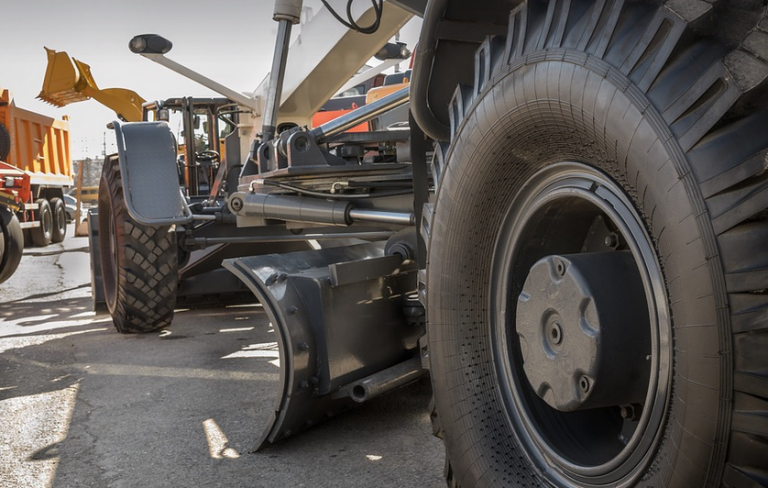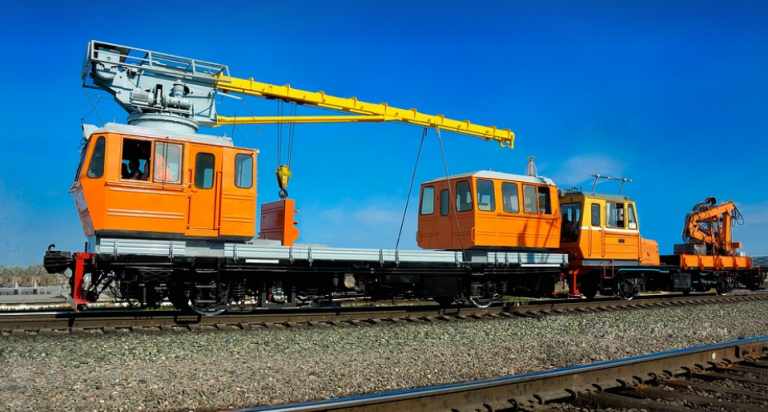What is Aluminum and Why Do We Need to Join It?
Aluminum, with its vibrant color, lightweight nature, and impressive corrosion resistance, has become a ubiquitous material in modern life. From airplanes and automobiles to construction materials and consumer products, aluminum’s versatility shines through. But when we want to join aluminum parts together for projects, there are two key techniques we can use: brazing and welding.
Brazing and welding, though both joining methods, have distinct characteristics that make them suitable for different applications. Understanding their differences is crucial for choosing the right technique for your specific needs.
The Basics of Aluminum Brazing
Aluminum brazing involves heating the aluminum alloy to its melting point, then applying a filler metal (braze) to create a strong bond between the two pieces. This process creates a joint with excellent mechanical properties, including high tensile strength and resistance to wear and tear.
Brazing can be performed using various brazing alloys, each tailored for specific applications. Some common types include silver-based brazes, copper-based brazes, and nickel-based brazes. These metallic alloys possess unique properties like melting points that are suitable for aluminum.
The process of brazing involves heating the joint to a temperature where the filler metal melts and fuses with the aluminum, filling in the space between them. This molten filler metal solidifies to create a strong bond, effectively joining the two pieces together.
The Advantages of Brazing Aluminum
Aluminum brazing offers numerous advantages over other joining methods. First and foremost, it’s renowned for its ability to join aluminum without requiring extensive welding operations. This opens up several possibilities for applications that might be difficult or impossible to accomplish with welding.
The process of brazing is also relatively fast and straightforward compared to welding. Brazing often requires lower temperatures than welding, leading to shorter processing times and minimal wait time before the parts can be used.
A key advantage of brazing aluminum is its ability to produce high-quality joints with excellent mechanical properties. The braze metal fills the gap between the two pieces, providing a strong bond that resists stress under fatigue and pressure. This makes it particularly well-suited for applications where strength and durability are paramount.
The Power of Aluminum Welding
Aluminum welding involves melting aluminum to form a cohesive joint between the two parts. Although challenging, this technique provides unmatched versatility in joining aluminum components. It’s often employed in high-stress situations where a strong and durable bond is needed.
Aluminum welding employs several techniques, including: Gas Tungsten Arc Welding (GTAW), also known as TIG welding, and Shielded Metal Arc Welding (SMAW), or Stick welding.
TIG welding involves using a non-consumable tungsten electrode to generate an arc and melt the aluminum. SMAW relies on the use of an electric arc between a consumable wire electrode and the aluminum being welded, producing a strong joint after cooling.
The Benefits of Aluminum Welding
Aluminum welding boasts numerous benefits. First and foremost, it’s capable of creating high-strength joints that can withstand significant load and stress. This makes it ideal for applications where strength and durability are critical, such as structural components in aerospace engineering or heavy machinery.
The process of aluminum welding offers several advantages over brazing. While brazing requires specialized filler metal to create a strong bond between the metals, welding can achieve this directly by fusing the pieces together thanks to the high heat generated during the process.
When to Choose What
Choosing the right joining method for your aluminum project depends on several factors. For instance, for smaller components or projects with limited stress requirements, brazing might be a more suitable choice due to its simplicity and speed.
However, when dealing with larger components, intricate designs, or high-stress applications, welding is often the preferred method. Welding offers greater strength and durability compared to brazing, making it ideal for demanding projects.
A Closer Look at Aluminum Brazing
There are many nuances within aluminum brazing, each suited to specific applications and demands. Let’s dive deeper:
* **Aluminum Alloys**: Choosing a suitable aluminum alloy is critical for optimal brazing performance. Some commonly used types include 5052, 6061, and 7075, all with varying properties and melting points. * **Braze Alloys**: The selection of the correct brazing filler metal plays a key role in achieving successful brazes. Silver-based and copper-based alloys are known for their versatility, while nickel-based alloys offer exceptional strength. * **Temperature Control**: Achieving desired joint strength requires proper temperature control during the brazing process. Using an accurate heating system like a furnace or torch and adjusting the heat according to alloy properties is vital.
Understanding these intricacies can help you select the right brazing technique for your project, ultimately leading to a successful outcome.
A Summary of Brazing vs. Welding Aluminum
In conclusion, brazing and welding aluminum are essential joining techniques with distinct advantages and disadvantages. Choosing the best method depends on the desired level of strength, application requirements, and specific project needs. Brazing is ideal for projects where speed, simplicity, and cost-effectiveness are prioritized, while welding excels in demanding applications requiring high strength and durability.
Whether brazing or welding aluminum, always ensure your process adheres to best practices. This includes using the correct filler metal, controlling temperature effectively, and following safety guidelines for a successful and safe project outcome.

